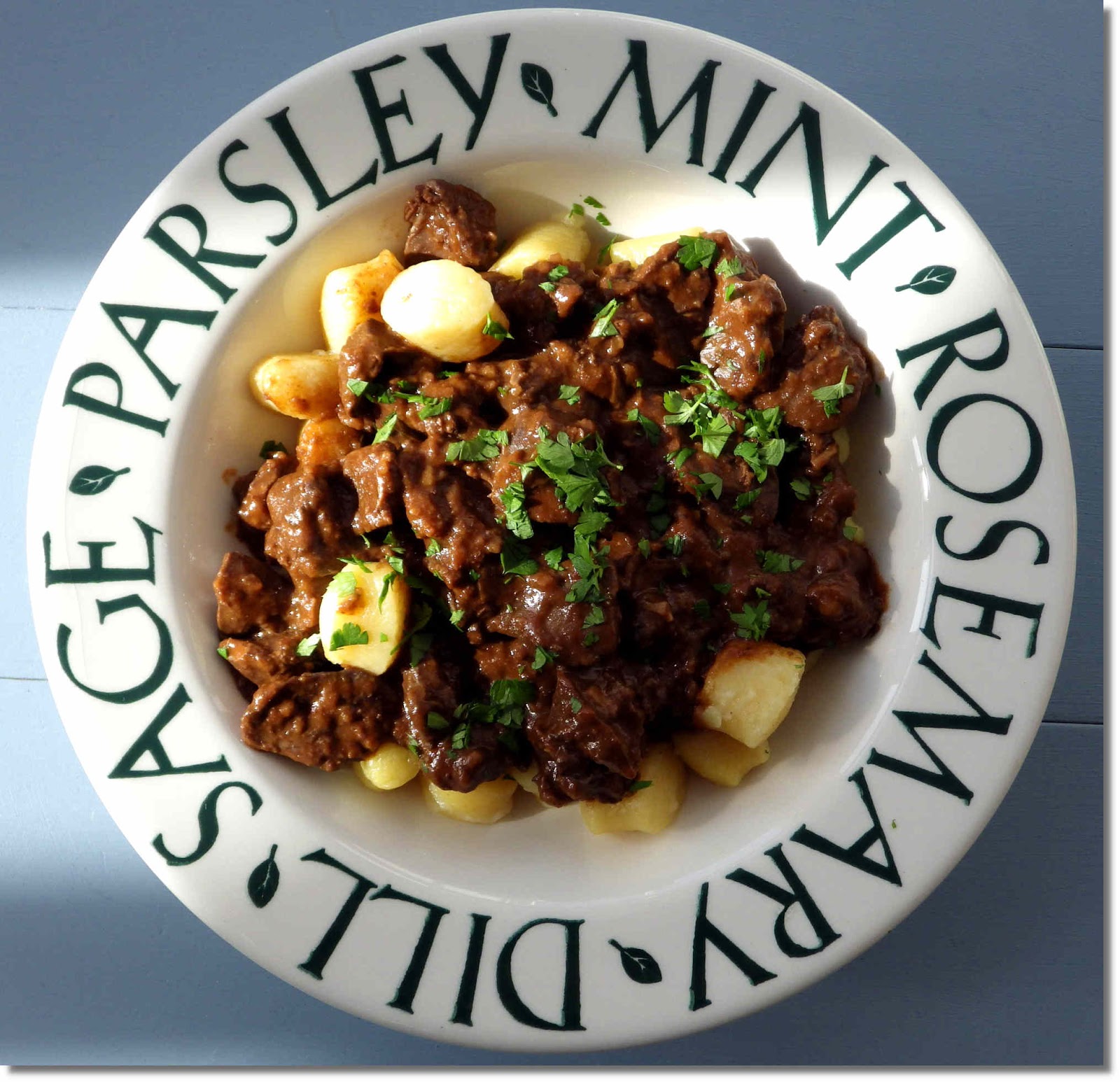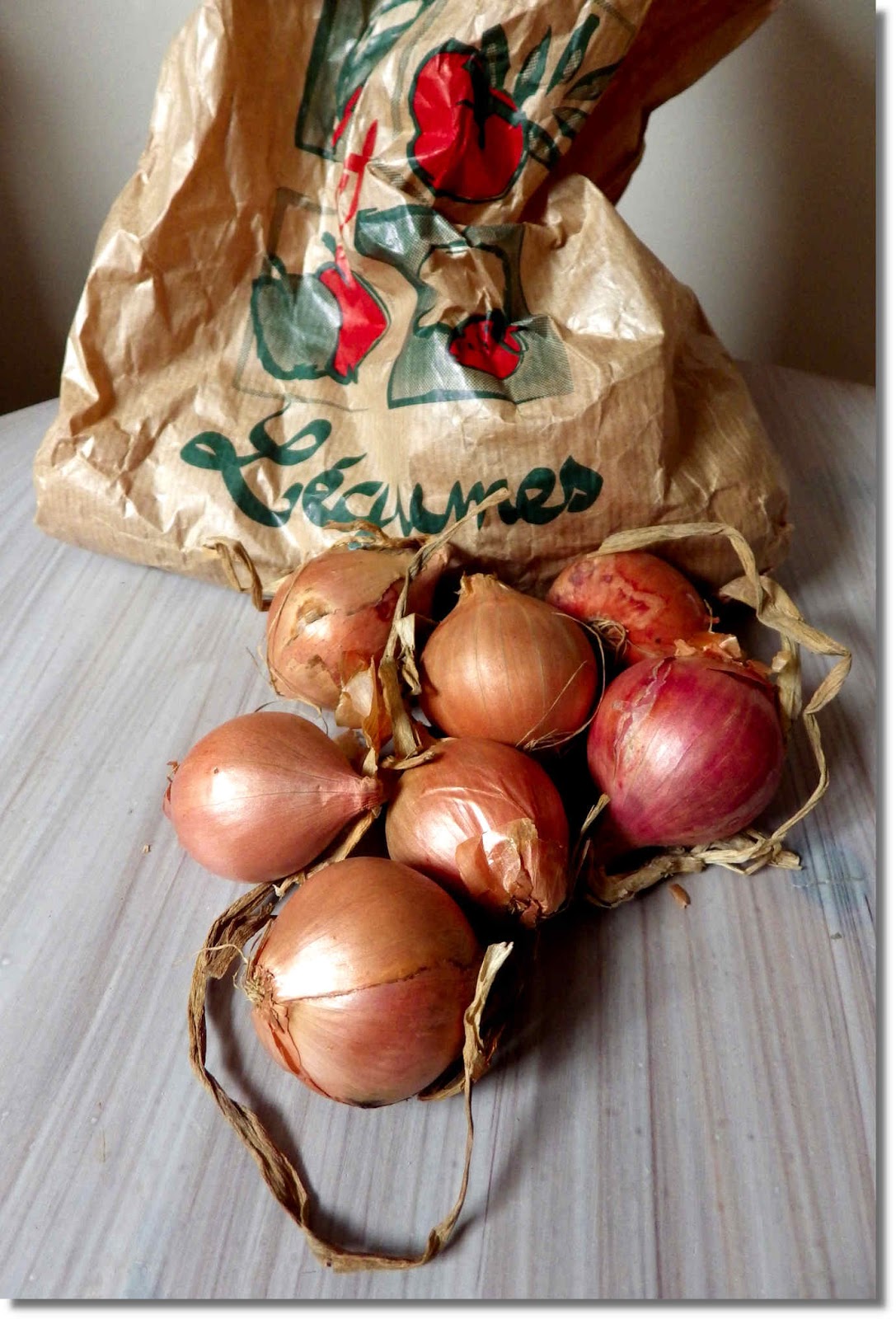The Really Useful Two Pepper Sauce

At this time of year I know it's usual for food bloggers to offer Christmas cake and turkey recipes but I'm really not a Christmas person. So instead I'm offering this not entirely seasonal recipe because I think it might prove useful for all those festive leftovers. Now I'm about to let you into a secret, so keep this to yourself. This deceptively simple recipe was a staple of a late and much lamented Indian restaurant some years ago. They used this sauce in a number of different ways and in a number of different dishes. I've adapted this recipe a little since then and reduced the quantities for home use. To my shame, I can't recall the name of the chef from whom I stole, sorry I meant to say learnt , the recipe but I wouldn't be at all surprised to hear that it still serves as a base in one or two restaurants somewhere in our fair land. This is a remarkably useful and adaptable concoction that can be used either hot or cold. Try serving small, undilut...










